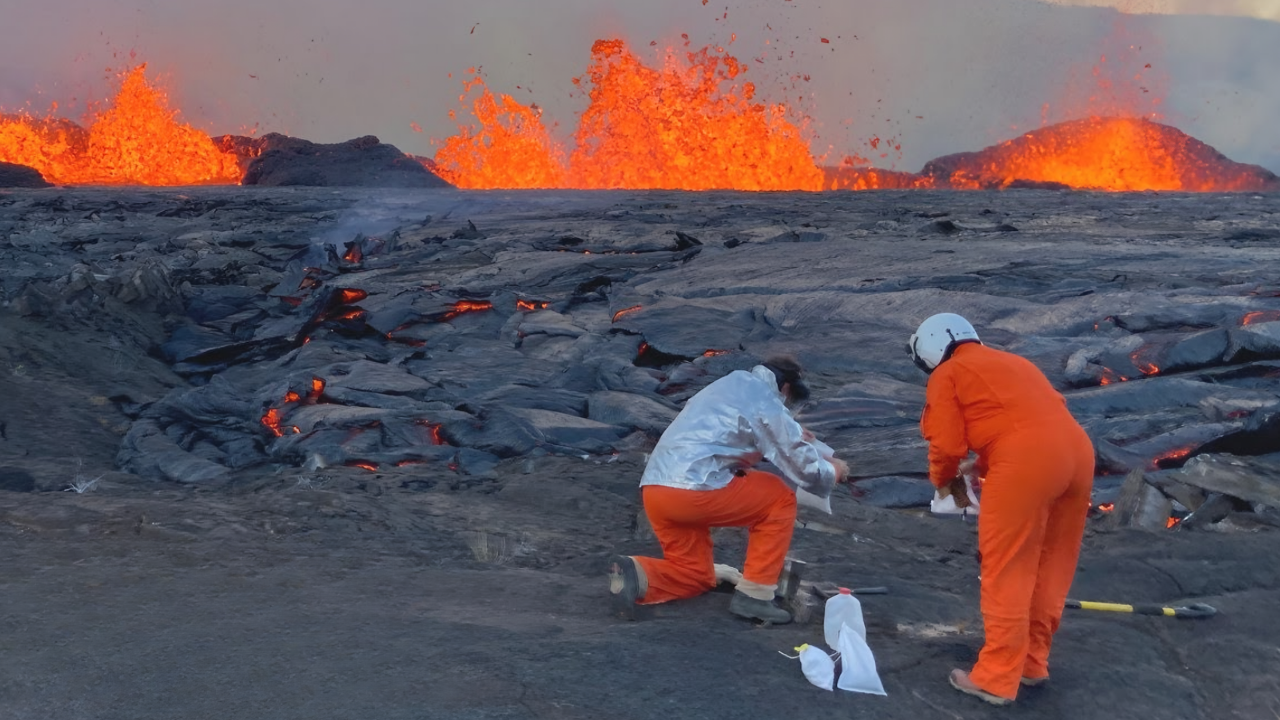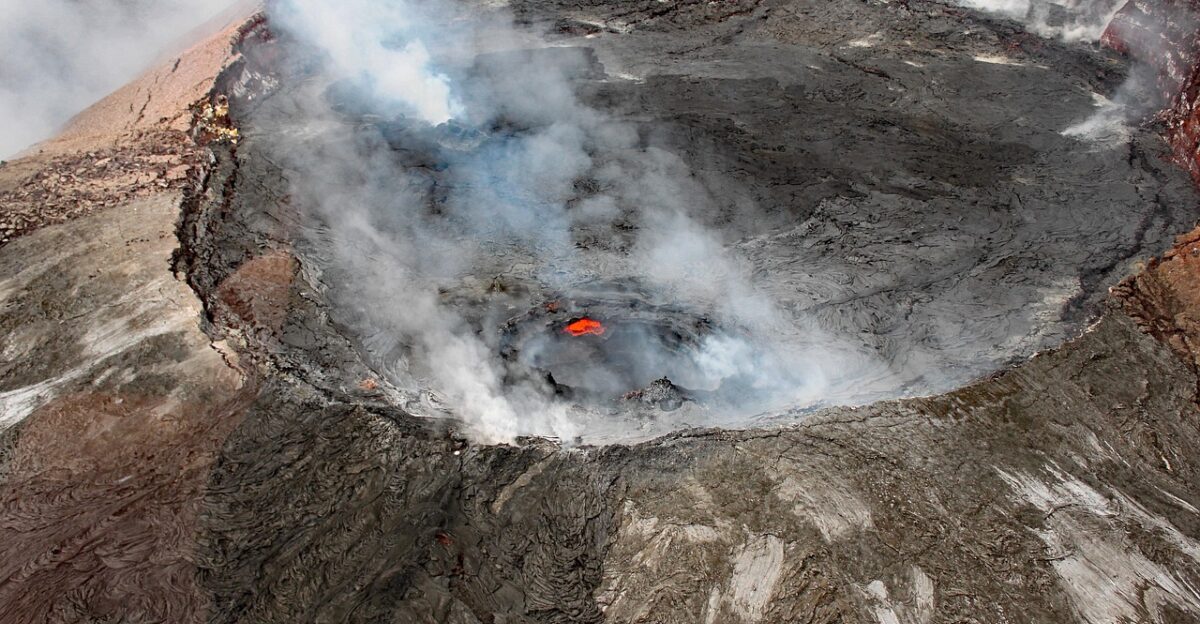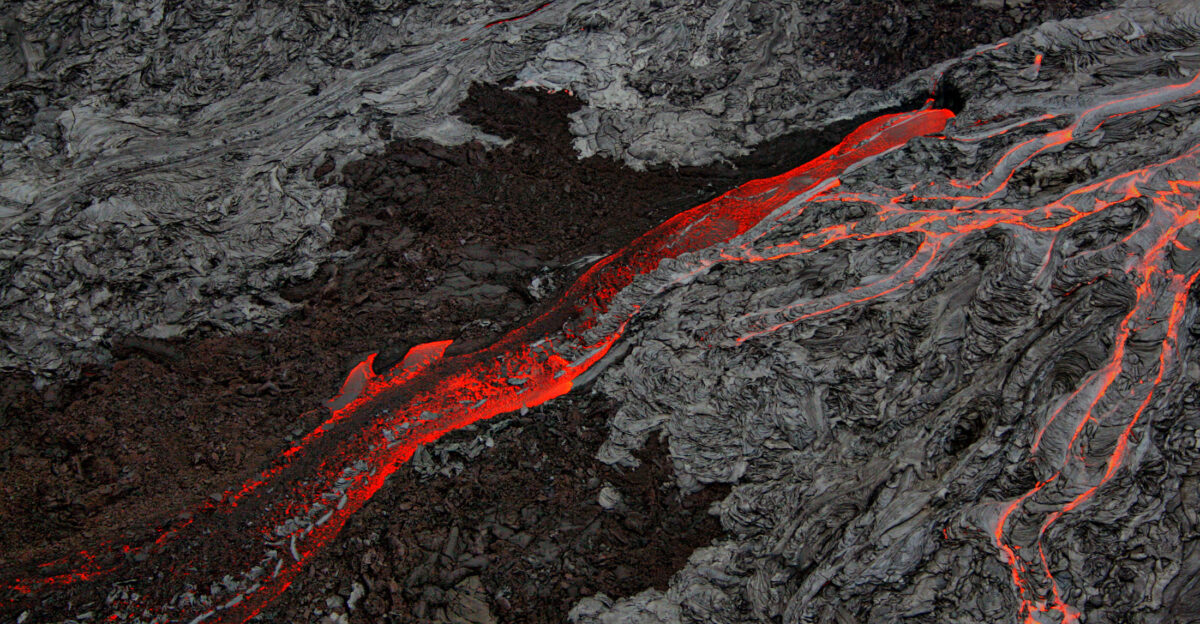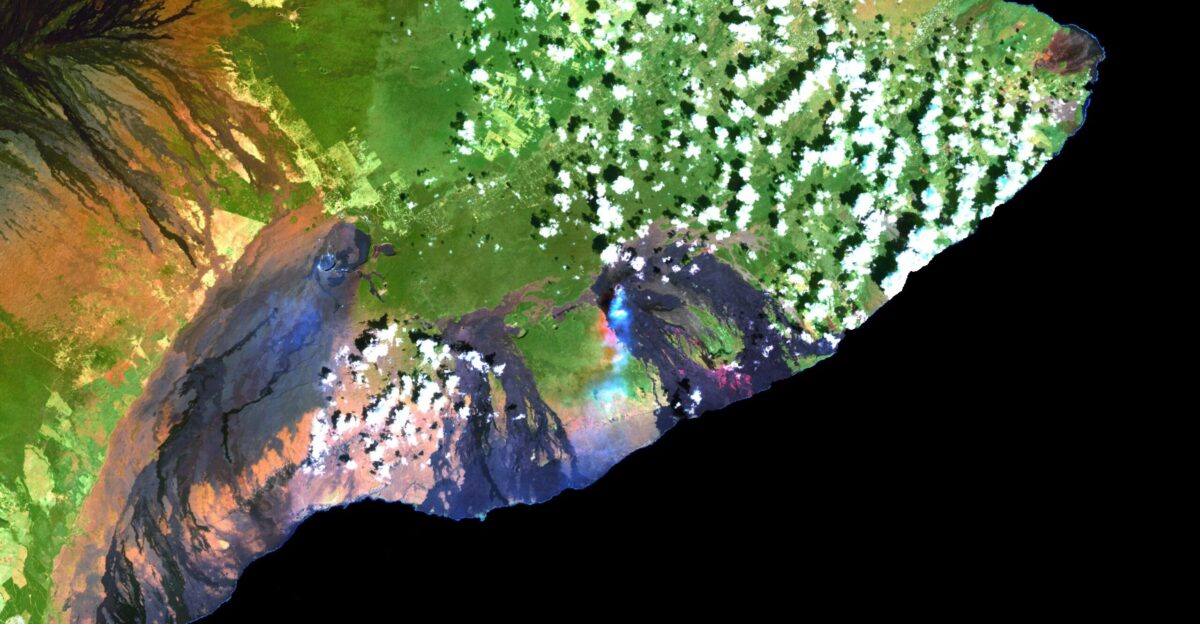
On the afternoon of November 25, Kīlauea’s summit erupted with dramatic precision at 2:30 p.m. HST, sending fountains of molten rock 400 feet into Halemaumau Crater. The display captivated hundreds of thousands of viewers worldwide, from those standing at the crater’s rim to audiences tuning into livestreams across continents. For Janice Wei, a Park Service volunteer who has documented nearly every eruption in this cycle, the moment reinforced what has become increasingly clear: the world’s most active volcano has settled into a predictable rhythm that transforms raw geological power into a natural phenomenon accessible to global audiences.
A Pattern Emerges from the Magma

Since December 2024, Kīlauea has erupted 37 times, establishing a cycle that volcanologists are still working to fully understand. The U.S. Geological Survey Hawaiian Volcano Observatory describes this pattern as episodic lava fountaining, with each episode lasting roughly a day or less before pausing for several days. This consistency—approximately one eruption every nine days—has transformed the volcano into a predictable natural laboratory.
Episode 37 followed the established script. Small, sporadic spatter fountains and lava overflows began on November 21 at approximately 9:27 a.m. HST, with 76 separate overflow events recorded before sustained fountaining commenced. Scientists monitoring seismic data and ground deformation had predicted the eruption window would open between November 25 and 27, demonstrating how thoroughly researchers now understand this volcanic system.
When Molten Rock Reaches Skyward

The 400-foot fountains from the north vent rank among the more impressive displays in this cycle, though not extreme by recent standards. Past episodes have produced fountains exceeding 1,000 feet in height, generating eruptive plumes that rise 20,000 feet above ground. The mechanism behind these dramatic displays involves magma carrying dissolved gases, including water vapor, carbon dioxide, and sulfur dioxide. As pressure decreases near the surface, these gases rapidly expand, propelling lava skyward with explosive force, much like a shaken soda bottle suddenly opened.
The intense heat radiates outward from lava temperatures exceeding 2,100°F. Standing more than a mile from the crater’s rim, visitors and scientists feel powerful radiant energy, a visceral reminder of Earth’s molten interior. For those watching livestreams, the visual spectacle conveys the eruption’s power; for those present in person, the experience becomes a full-bodied encounter with geological forces.
Sacred Ground, Scientific Frontier
Halemaumau Crater holds profound meaning in Native Hawaiian tradition as the sacred home of Pele, the volcano goddess. Today, it represents one of the most intensely monitored volcanic systems on Earth. Scientists at the Hawaiian Volcano Observatory track seismic tremors, measure summit tilt using GPS and tiltmeters, and calculate changes in magma volume. When sustained fountaining began on November 25, seismic tremor increased significantly, and summit tilt switched from inflation to deflation, helping researchers decode the volcanic machinery at work.
All of Tuesday’s eruption remained confined to Halemaumau Crater within Hawaii Volcanoes National Park, with no threat to nearby homes. The volcano’s summit caldera acted as a natural container, keeping molten rock and intense heat safely isolated from populated areas. Commercial airports in Hawaii County were unaffected by the activity.
A Global Audience Awakens

The digital revolution has transformed Kīlauea into a global phenomenon. Each eruption draws hundreds of thousands of viewers to livestreams operated by the U.S. Geological Survey and independent volcano enthusiasts. Between 500,000 and 1 million people tune in during major eruption events, making Kīlauea one of the most-watched natural events in real time. Three official USGS webcams stream continuously, allowing people from Tokyo to Toronto to witness molten rock shoot skyward from their screens.
Hawaii Volcanoes National Park remains open during this eruptive cycle, attracting roughly 2 to 3 million annual visitors according to National Park Service data. Many hope to witness volcanic activity firsthand, though park guides and rangers carefully balance the public’s desire for close encounters with genuine dangers, including toxic gas emissions, unstable ground, and intense heat.
What Comes Next

By Wednesday morning, November 26, Episode 37 was likely nearing its conclusion, following the established pattern. Lava fountaining would cease within hours or by evening, the glow would fade, and the crater would enter another pause lasting several days. During these quiet phases, magma beneath the surface continues its slow, relentless ascent while scientists refine their understanding and prepare for Episode 38.
The current eruption cycle demonstrates why Kīlauea captures global scientific attention and public imagination. It is accessible, predictable enough to allow forecasting, yet powerful enough to demand respect. It connects to ancient Hawaiian culture while providing data that advances volcanology worldwide. When the next eruption begins, hundreds of thousands will watch.
Sources
U.S. Geological Survey Hawaiian Volcano Observatory, November 2025 Activity Reports and Real-Time Monitoring Data
National Park Service, Hawaii Volcanoes National Park Official Records and Visitor Data
USGS 24/7 Volcano Monitoring Webcams (KPcam, MKcam, V3cam) and Livestream Archives
Hawaiian Volcano Observatory Eruption Forecasts and Seismic Analysis, Episode 37